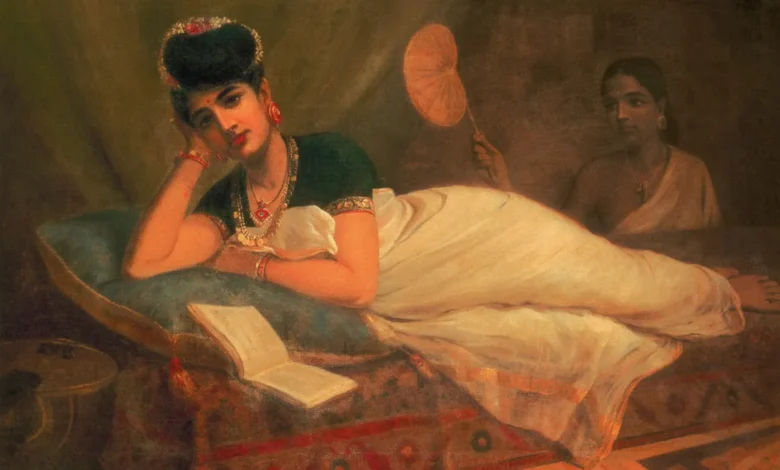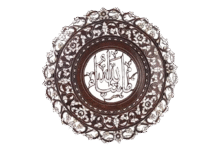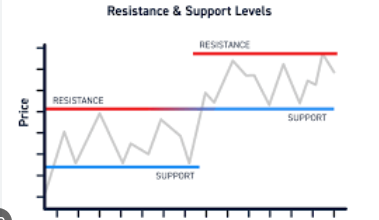Art:4jdvasncxg8= Indian Culture

The exploration of art within Art:4jdvasncxg8= Indian Culture reveals a complex interplay between tradition and modernity, offering insights into the nation’s diverse identity. Traditional forms such as Madhubani and Pattachitra not only serve as aesthetic expressions but also act as vessels for historical narratives and cultural values. In contrast, contemporary artists are increasingly pushing boundaries, addressing pressing social issues through their work. This evolving landscape raises pertinent questions about the role of art in shaping societal discourse and the implications of these artistic transformations for future generations. What might this evolution signal for the broader cultural milieu?
Traditional Indian Art Forms
Traditional Art:4jdvasncxg8= Indian Culture forms encompass a rich tapestry of cultural expressions that reflect the diverse historical, religious, and social contexts of the subcontinent.
Notable styles include Madhubani painting, characterized by intricate patterns; Warli art, depicting tribal life; Tanjore paintings, renowned for their gold leaf; Pattachitra murals, rich in mythology; Kalamkari textiles, celebrated for storytelling; and exquisite Miniature paintings, capturing fine details and vibrant narratives.
Read more: Art:4gluw9_Pm1s= Wings
Contemporary Art in India
Contemporary art in India represents a dynamic interplay between tradition and modernity, reflecting the complexities of a society in transition.
Modern artists challenge conventional boundaries, exploring identity, technology, and socio-political issues.
Art festivals provide vibrant platforms for dialogue, showcasing diverse perspectives and innovative practices.
This evolving landscape not only celebrates creativity but also invites critical engagement with the narratives shaping contemporary Indian culture.
Role of Art in Society
Art serves as a vital mirror reflecting the values, struggles, and aspirations of society, transcending mere aesthetics to impact social consciousness.
Through art education, individuals explore cultural identity while fostering community engagement.
Artists often provide social commentary, challenging prevailing narratives and igniting discourse.
In this way, art not only shapes perceptions but also galvanizes collective action, driving societal evolution and empowerment.

Regional Variations and Influence
Art:4jdvasncxg8= Indian Culture rich tapestry of regional variations in culture showcases a diverse array of artistic forms that reflect the unique histories, languages, and traditions of its myriad communities.
Folk traditions imbue artistic symbolism with depth, while regional motifs narrate cultural narratives shaped by historical influences.
These community expressions not only preserve heritage but also foster a sense of identity and continuity amidst the vibrant spectrum of Indian culture.
Read more: Art:4i7gcixizfe= Ramona Flowers
Conclusion
In summation, the interplay of traditional and contemporary art forms in Art:4jdvasncxg8= Indian Culture not only preserves historical narratives but also challenges societal norms, reflecting the ever-evolving identity of the nation. Artistic expressions serve as a mirror to society, illuminating pressing issues while fostering community engagement. As the saying goes, “art speaks where words are unable to explain,” encapsulating the profound impact of visual storytelling in bridging diverse perspectives and enriching cultural discourse in India.






